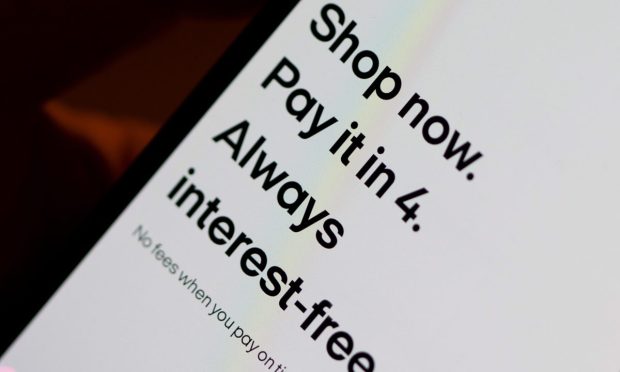New Report Examines BNPL Providers’ Painful Pivot to Profitability

After a record-breaking year in 2021, the FinTech industry experienced a significant downturn in 2022. High inflation, market volatility and recession fears caused investors to shift their focus from companies’ growth potential to their current profitability; a metric many FinTechs struggle with. Consequently, once abundant venture capital funding evaporated and FinTech valuations cratered. The F-Prime FinTech Index — made up of 55 of the world’s most prominent FinTechs — dropped 72% by the end of the year.![]()
This downturn has hit FinTechs in the buy now, pay later (BNPL) space especially hard. From Affirm to Zip, stock prices and valuations have dropped considerably across the industry, and mass layoffs have become the norm. The problem is that although BNPL was one of the fastest-growing verticals in consumer finance during the COVID-19 era, most providers were not — and still are not — profitable. Now that there is a priority on profitability, companies are changing course. However, with rising interest rates, increased competition, regulatory uncertainty and economic headwinds, BNPL providers now face an uphill climb to profitability.
The “FinTech Tracker®” explores the challenges BNPL providers face in their pivot to profitability and potential ways to overcome these hurdles.
Around the FinTech Space
In early February, BNPL provider Affirm announced a layoff of 500 employees, or nearly 19% of its workforce. Affirm’s CEO, Max Levchin, explained in a shareholder letter that the cuts came in response to the company hiring ahead of having the revenue growth necessary to support its team. Affirm reported disappointing Q2 2023 results, with a net loss of $322.4 million, a substantial increase from the previous year.
Layoffs are just one of the challenges for BNPL providers — they also face impending regulatory changes. The British government, for example, took steps in early February to establish BNPL regulations by launching a consultation on legislation regulating the industry and giving the Financial Conduct Authority (FCA) power to oversee operators and their activity. ![]() While the specifics have yet to be determined, the FCA will likely impose mandatory affordability checks, fair marketing practices and a licensing regime.
While the specifics have yet to be determined, the FCA will likely impose mandatory affordability checks, fair marketing practices and a licensing regime.
For more on these and other stories, visit the Tracker’s News and Trends section.
An Industry Insider on Profits and the Need for FinTech Self-Scrutiny
At a time when BNPL providers are struggling to generate profits after years of being growth-centric, achieving profitability might seem to be an impossible task. Many of the largest companies in this space have yet to turn a profit or have not done so in years. Profitability is not impossible, just difficult to achieve.
To get the Insider POV, we spoke with Charlie Youakim, CEO of Sezzle, about BNPL profitability and why self-scrutiny and hard decisions are necessary to get there.
Exploring Potential Paths Toward BNPL Profitability
BNPL firms can no longer afford to prioritize growth over profits. With investors becoming more risk-averse and economic headwinds threatening to dampen consumer spending, BNPL providers must chart a course toward sustainability and profitability. Although there is no easy, one-size-fits-all solution, there are paths BNPL firms can pursue to improve their financial footing.
![]() Naturally, the first thing FinTechs can do is to cut costs and curtail spending. For example, PayPal cut spending by $900 million in 2022 — a reduction expected to save $1.3 billion in 2023. Other firms, such as the Australian-based Zip, are scaling back international operations to save money. In addition to cost-cutting, FinTechs can explore partnerships and additional product offerings. BNPL remains popular with consumers — and traditional financial institutions, tech companies and other payment providers are interested in capitalizing on its popularity. This creates opportunities for white-label solutions and new products, which many installment payment companies are starting to roll out.
Naturally, the first thing FinTechs can do is to cut costs and curtail spending. For example, PayPal cut spending by $900 million in 2022 — a reduction expected to save $1.3 billion in 2023. Other firms, such as the Australian-based Zip, are scaling back international operations to save money. In addition to cost-cutting, FinTechs can explore partnerships and additional product offerings. BNPL remains popular with consumers — and traditional financial institutions, tech companies and other payment providers are interested in capitalizing on its popularity. This creates opportunities for white-label solutions and new products, which many installment payment companies are starting to roll out.
To learn more about the potential paths to profitability, read the Tracker’s PYMNTS Intelligence.
About the Tracker
The “FinTech Tracker®,” a collaboration with Sezzle, examines the challenging landscape FinTechs and BNPL companies face as they pivot to profitability.

